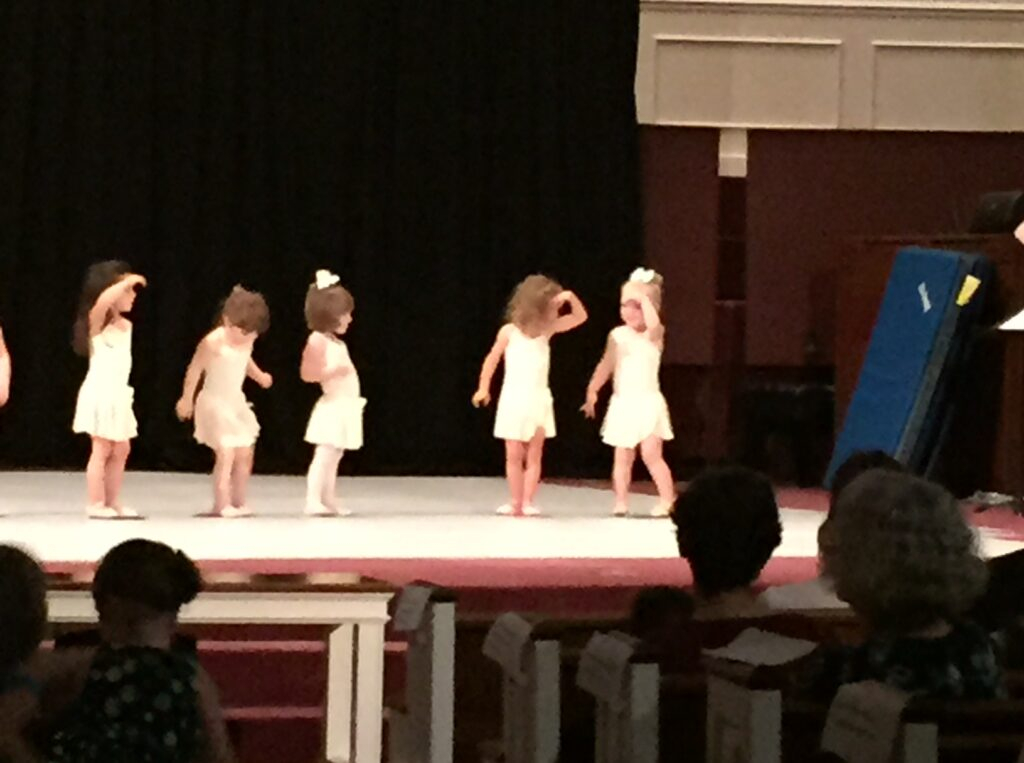
The Scene: Spring dance recital.
The Location: A clean, bright church in the heart of downtown.
The Players: Scores of dance students in assorted matching ensembles, ranging from restless, over-stimulated three-year-olds in tremulous tutus to high-school students demurely draped and displaying the detached nonchalance of stage veterans.
The Audience: Efficient young parents, speeding each dancer to the correct pre-show location and trailed by doting grandparents, aunts, uncles, and friends.
Opening act: If you have ever attended a dance performance to witness the efforts of your own child or another apple of your eye, you will know the fundamental laws of such occasions that universally apply. The first is that you will be appalled by the length of the program. How many children in the average metro area can possibly be installed in tap, ballet, and modern dance offered weekly? Apparently, thousands.
The second law is that you may well expend your best self to claim a good seat early, but your child’s number is not first. Or second. It is buried deep into the program, testing will and endurance, especially for the Tiny Dancers and those who love them most. And finally, consideration for the feelings of others must prevail. Take care about laughing audibly at someone else’s child, because yours might do something even funnier.
Settling into the pew and enjoying the pre-show anticipation in the air, I joined Sis’ paternal grandparents, with warm appreciation for their effort to drive three hours to attend. A quick scan of the program prompted a deep, cleansing breath. The entertainment featured a series of 22 performances, and Sis and her ensemble were slotted at number 17. A cheerful, commanding female claimed the microphone to announce the requisites and signal for lights down and music up. We were off.
Well, one wants to do the right thing, of course, and clap appreciatively for all performances. Nevertheless, about the time that some ten Tinies in leotards of multi-colored sequins were wreaking their particular brand of havoc on stage, the mind began to wander. Memory hovered on the testimony of the immortal Bertie Wooster, hero and foil of the Jeeves stories of British humorist P. G. Wodehouse. Recalling a series of amateur performances at a village concert, Bertie described the opening violin solo like this:
“It was loud in spots, and less loud in other spots, and it had that quality I have noticed in all violin solos, which is seeming to last much longer than it actually did.”
Jarred out of the Wodehouse analogy by the next enthusiastic round of applause from the commendably patient audience, I re-focused and realized something interesting. By the time we clocked into about Dance Number 8 or 9, patterns emerged. Without commentary on child psychology or related questions, I can vouch that each Tiny Troupe featured the following roles, whether undertaken voluntarily or not.
The Free Bird: Detaches self from group, ignores teacher and all other performers, runs wildly around the stage perimeter in some routine of the dancer’s own devising. Some Free Birds had to be removed from the stage by force majeure at the conclusion of the number.
The Statue: Stands frozen in terror, staring fixedly into audience. Cannot move feet, may clutch hands, possibly in subconscious plea for removal. Bravely resists crying but clearly would like to.
The Two-Timer: Cannot decide whether to follow teacher or fellow performers so alternates, turning from front-facing to peer-view position and back again, remaining a few steps behind throughout. Our Sis took this role and performed it with enthusiasm (see photo above, far right).
The Good Soldier: Stays in designated position, eyes locked on teacher, following carefully with intense concentration. Demonstrates total commitment, but may or may not look happy about it.
The Star that’s Born: This performer follows the routine to perfection, even adding a flourish or two of his or her own, here and there. Lights up with genuine delight at the applause of the audience, floats off stage on a cloud.
Do these roles illuminate windows into the future for these Tinies, and into the paths they pursue? I would pay excellent money to reconvene them in about 20 years and find out., but I will have to settle for watching our Sis. She seemed more interested in her sparkling outfit and post-performance flowers than the actual dance, and it occurred to me I would have felt the same in her tiny ballet shoes. Nevertheless, all survived and success was ultimately declared.
Meanwhile, the real heroes of the evening seemed to be the teachers, who led their Tiny Troupes through their routines with unwavering grace, radiating encouragement. Proving that indeed The Show Must Go On, they were neither distracted by The Free Birds nor de-railed by the Two-Timers. Mentally I file this latest addition to my own private list of heroes, which includes firefighters, cops, plumbers, tech support specialists, and Seal Team Six. They have heard and seen it all, and life holds no further surprises for them. Had I encountered one of these beacons of hope when departing at the evening’s conclusion, I would have been tempted to salute.


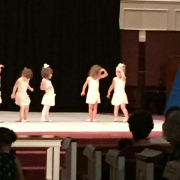



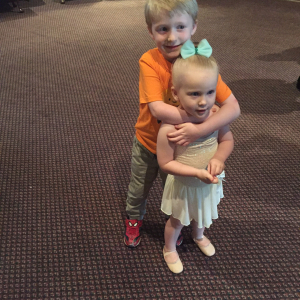
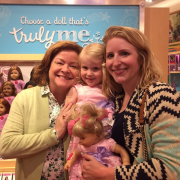
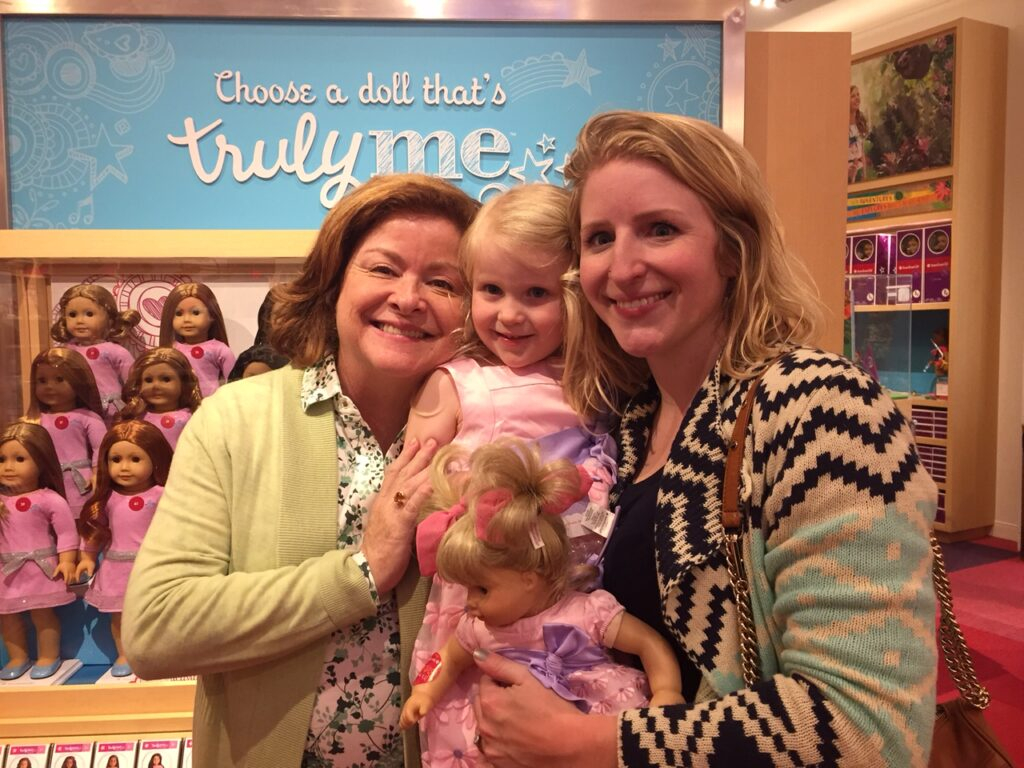
 It is a truth universally acknowledged (as the immortal Austen might have put it), that giving stuff to kids is fun.
It is a truth universally acknowledged (as the immortal Austen might have put it), that giving stuff to kids is fun.
 the ladies room and missed the inevitable challenge. Her mother reported it went as follows.
the ladies room and missed the inevitable challenge. Her mother reported it went as follows.